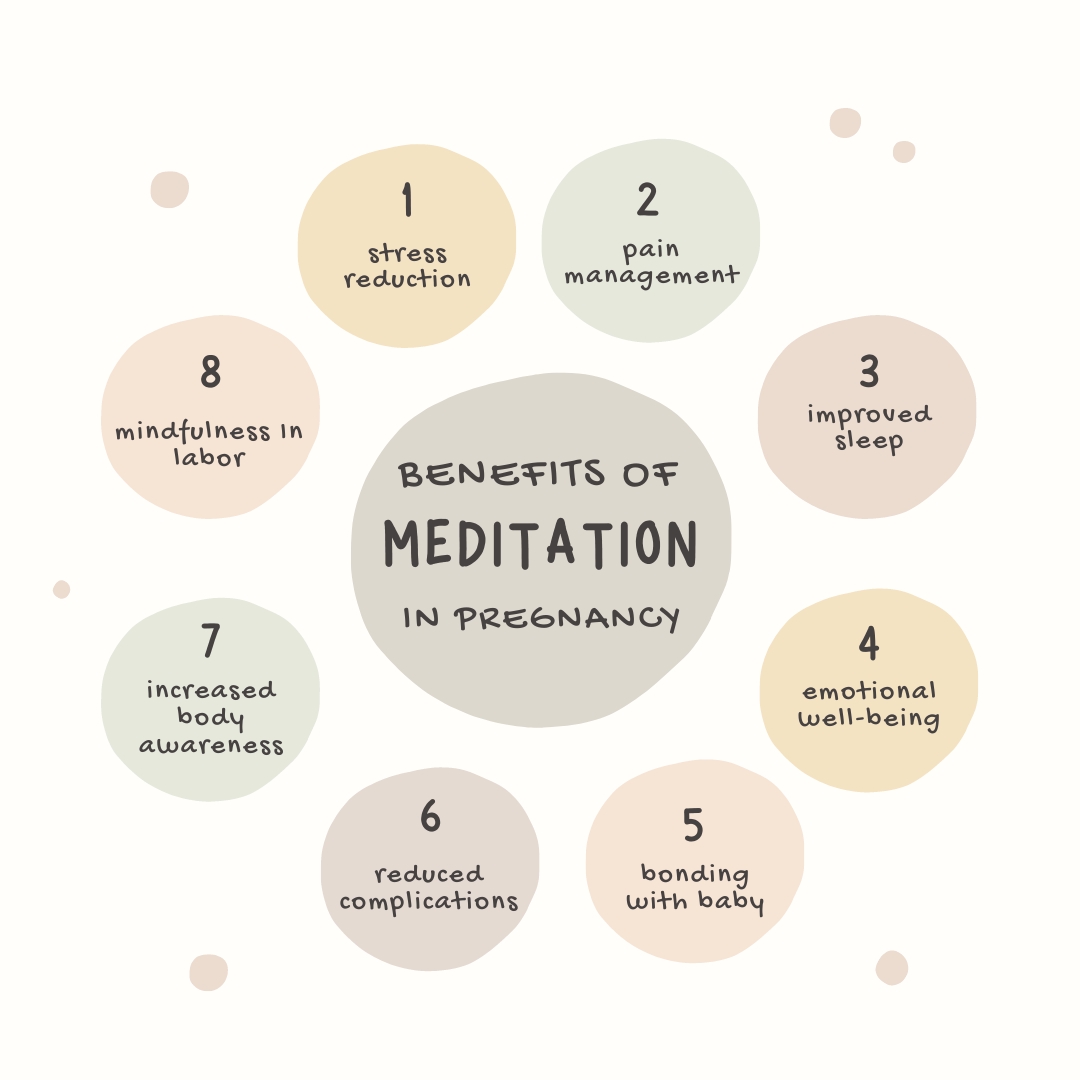Water birth basically happens when you give birth in a pool filled with warm water, at least some of your labor and delivery may take place there as well. It might happen at home, in a hospital, or a birthing facility. You are assisted by a doctor, nurse-midwife, or midwife.
Some hospitals and birthing facilities in the United States allow water births. Birthing facilities provide a more comfortable environment than a hospital and more natural possibilities for expectant mothers. In the early stages of labor, using a birthing pool could:
- Reduce discomfort
- Preventing the need for anesthesia
- Streamline your work
The American College of Obstetricians and Gynecologists (ACOG), which establishes standards for prenatal and postpartum care in the U.S., states that while having your baby delivered underwater should be regarded as an experimental procedure with risks, it may have some advantages during the first stage of labor. Contractions begin during the first stage, which lasts until your cervix is fully dilated.
According to studies, stage one water birth does not improve the medical outcome for either you or your kid.
You might find that taking a warm bath helps you unwind and feel more in control. You can also move around more easily in water than in bed.
Benefits of Water Birth
As a result of the muscles and tissue relaxing, some of the alleged advantages of water birth include reduced discomfort and problems during delivery. Submerging yourself in water during the early stage of labor may aid in hastening the process. Working in the water may also lessen your need for spinal injections or other forms of pain management.
Over the past few decades, water births have grown in popularity. Midwives have been using natural pain-relieving resources like water for hundreds of years. Water is an excellent way to take away gravity pressure and really focus on moving freely with no restrictions. Other benefits of water use during labor and birth include:
- The warm water can be soothing.
- The water’s buoyancy can relieve the mother of some body weight, making her more comfortable.
- Being submerged may make you feel less anxious, thus lowering blood pressure (4).
- The warm water relaxes the perineum and reduces the need for an episiotomy (5).
- Mothers often feel less inhibited while submerged in the water, thus more inclined to act and behave naturally along with the process.
Your birth plan is yours. No one can tell you what will feel right for you. All we can do is provide comprehensive information to allow you to make the best choice. If you’re expecting an uncomplicated birth experience, a water birth may be a good option for you. Investigate all your birthing options — a hospital, birthing center, or at-home birth. Then you can choose an appropriate path.
Reference
WebMD. (n.d.). Water birth information: Benefits and risks of Water Birth. WebMD. Retrieved December 15, 2022, from https://www.webmd.com/baby/water-birth








